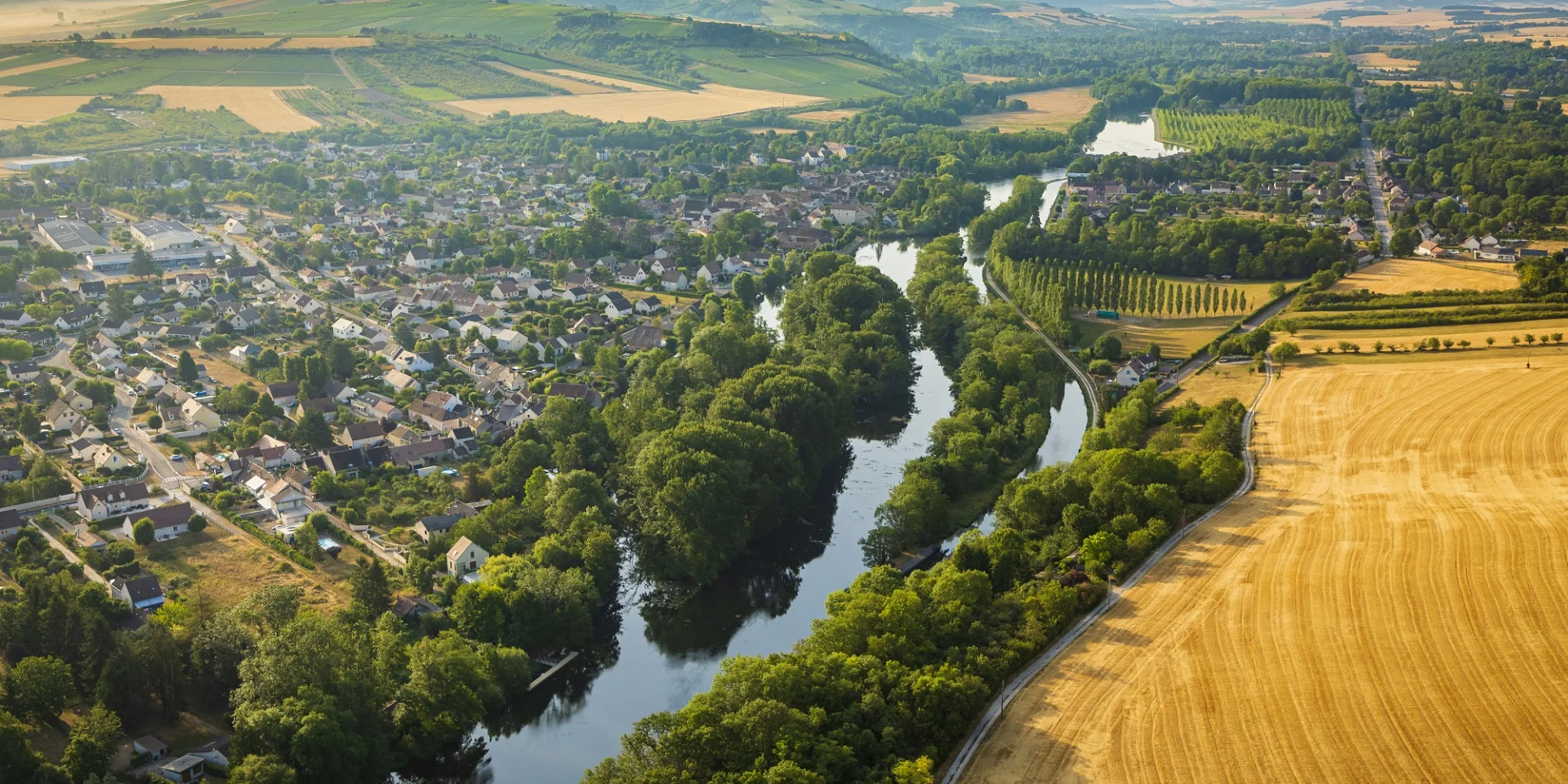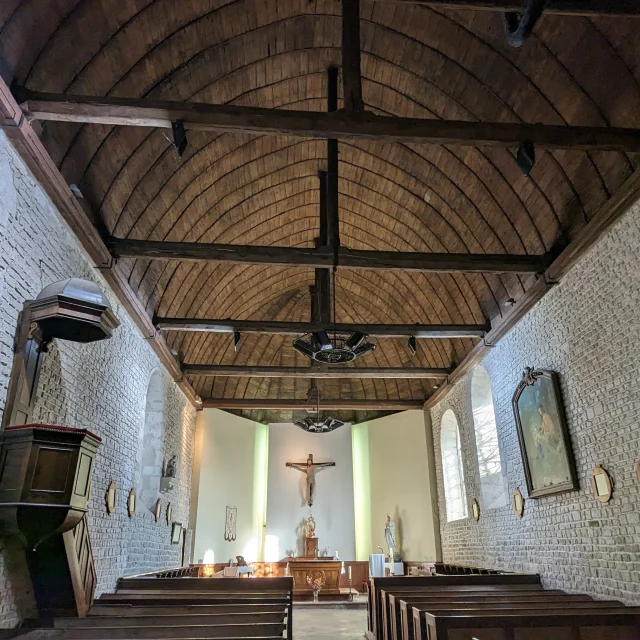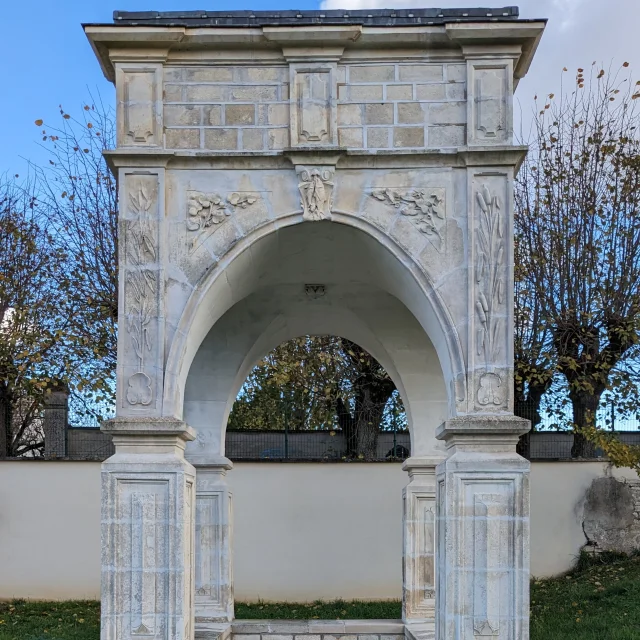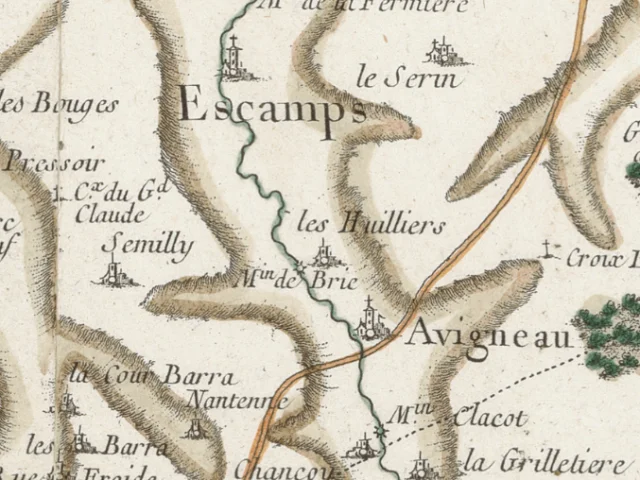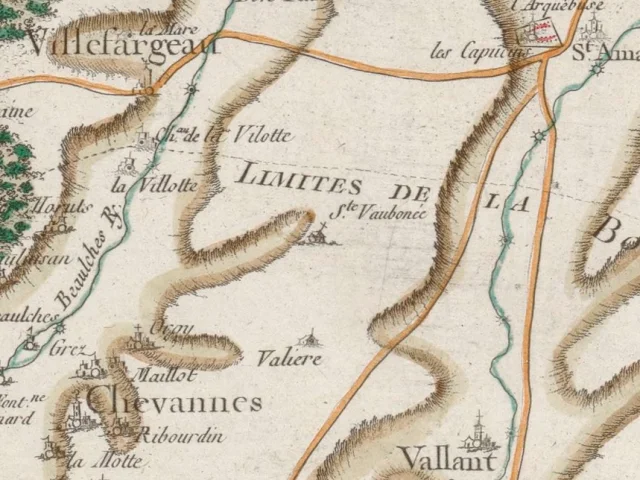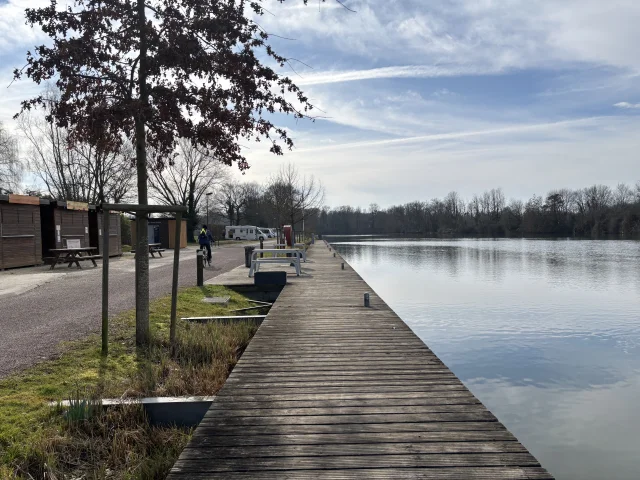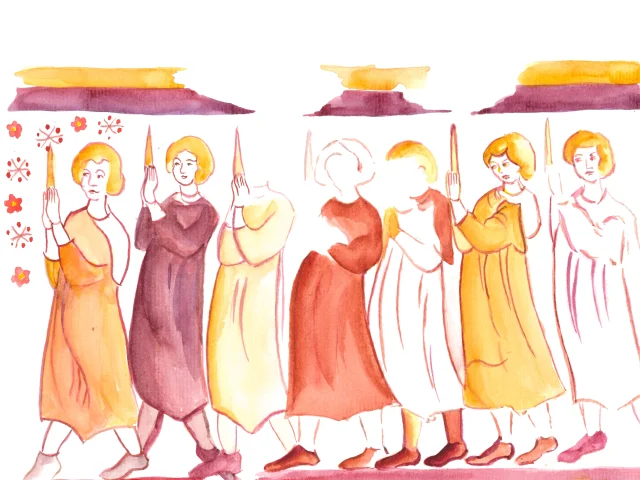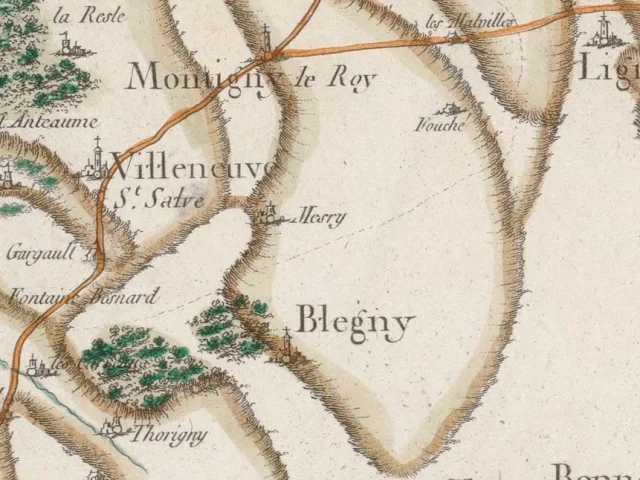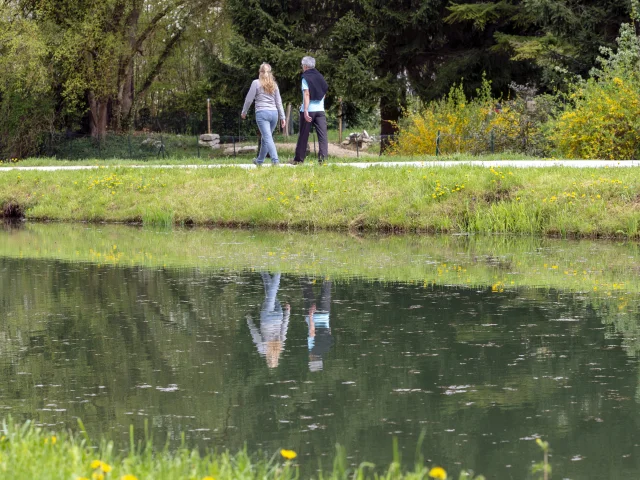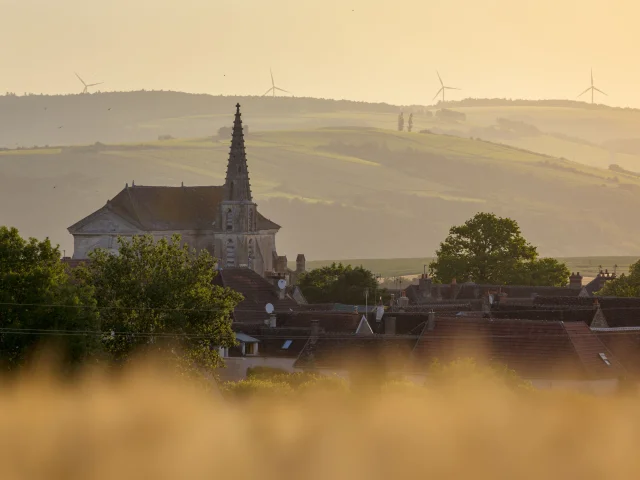La situation géographique de Champs-sur-Yonne, en bord de rivière, a permis son occupation dès le néolithique et pendant la période gallo-romaine. Cependant, la première mention écrite du village actuel fait débuter son histoire vers le 12e siècle. À la fin du 16e siècle, avec la période trouble des guerres de Religion, la commune érige des fortifications autour du bourg, détruites deux siècles plus tard. Le cœur de la commune en garde cependant des traces dans sa topographie : le tracé des deux promenades (du Centre et de l’Ouest) et une unique rue, la Grande Rue. Cette dernière distribue impasses, ruelles et un accès côté rivière par une poterne (petite porte dans une muraille). Elle se terminait par des tours dont celle toujours existante côté nord.
En 1965, Champs devient officiellement Champs-sur-Yonne, marquant ainsi son union à la rivière. Trois moulins utilisés entre le 15e et le 18e siècle et plusieurs « ports » utilisés pour le commerce – notamment du vin – ont grandement participé au développement du village. Cet essor est aussi dû à la présence d’une famille illustre de Champs : les Binoche. De 1845 à 1863, Adolphe Binoche fait fortune au Brésil comme négociant importateur de tissus et soieries. Il récupère la maison familiale de Champs qu’il va agrandir par plusieurs achats et fait également construire la fontaine Sombron, mystérieux petit arc en baldaquin toujours visible de la promenade du Centre.
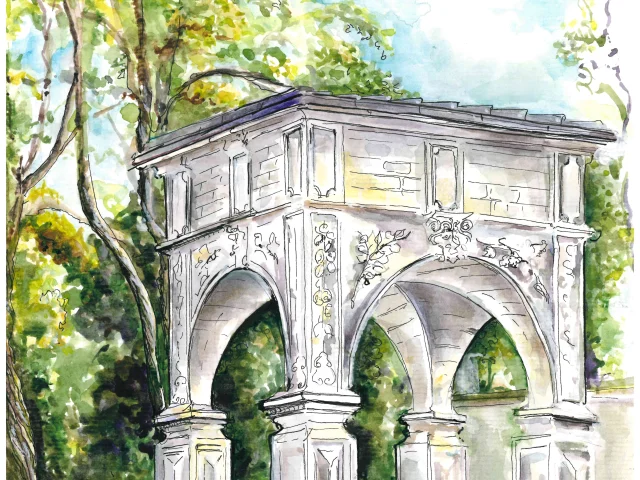 Champs Sur Yonne Fontaine Sombron
Champs Sur Yonne Fontaine Sombron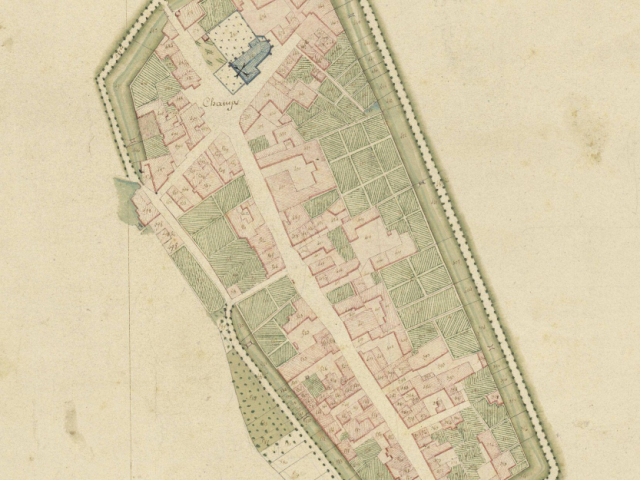 Plan De Champs En 1812 Ady V2
Plan De Champs En 1812 Ady V2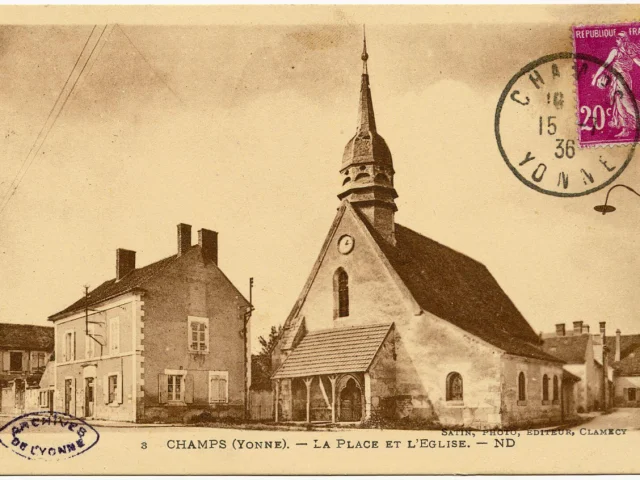 Carte Postale De Leglise De Champs Ad89 2fi 1918 3
Carte Postale De Leglise De Champs Ad89 2fi 1918 3